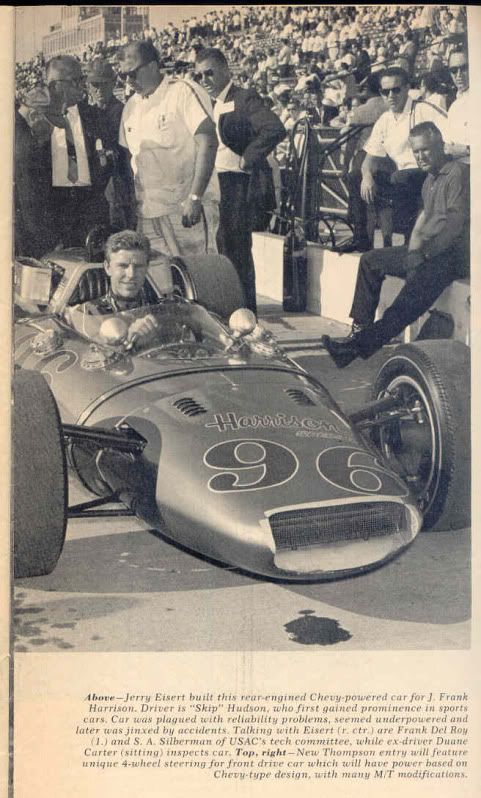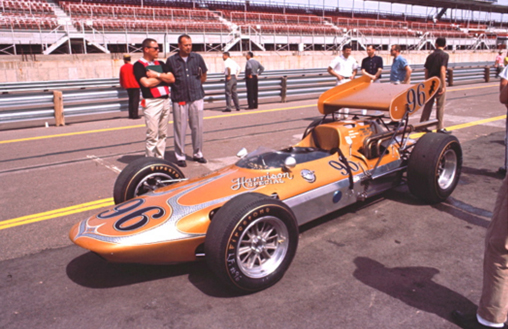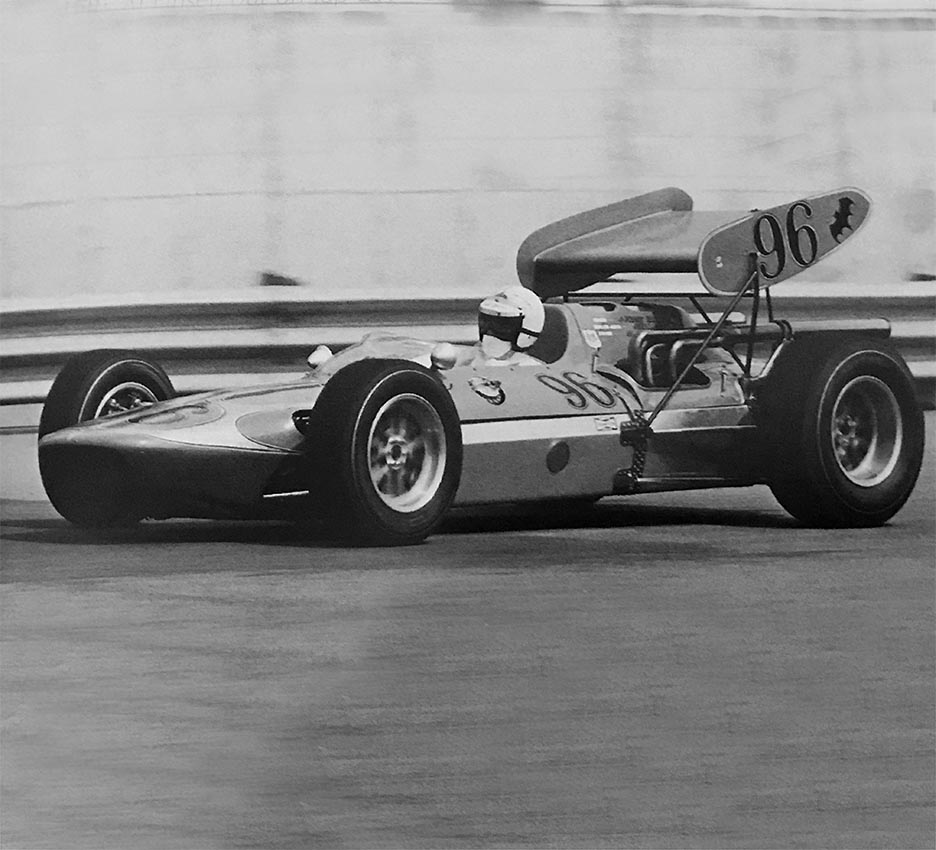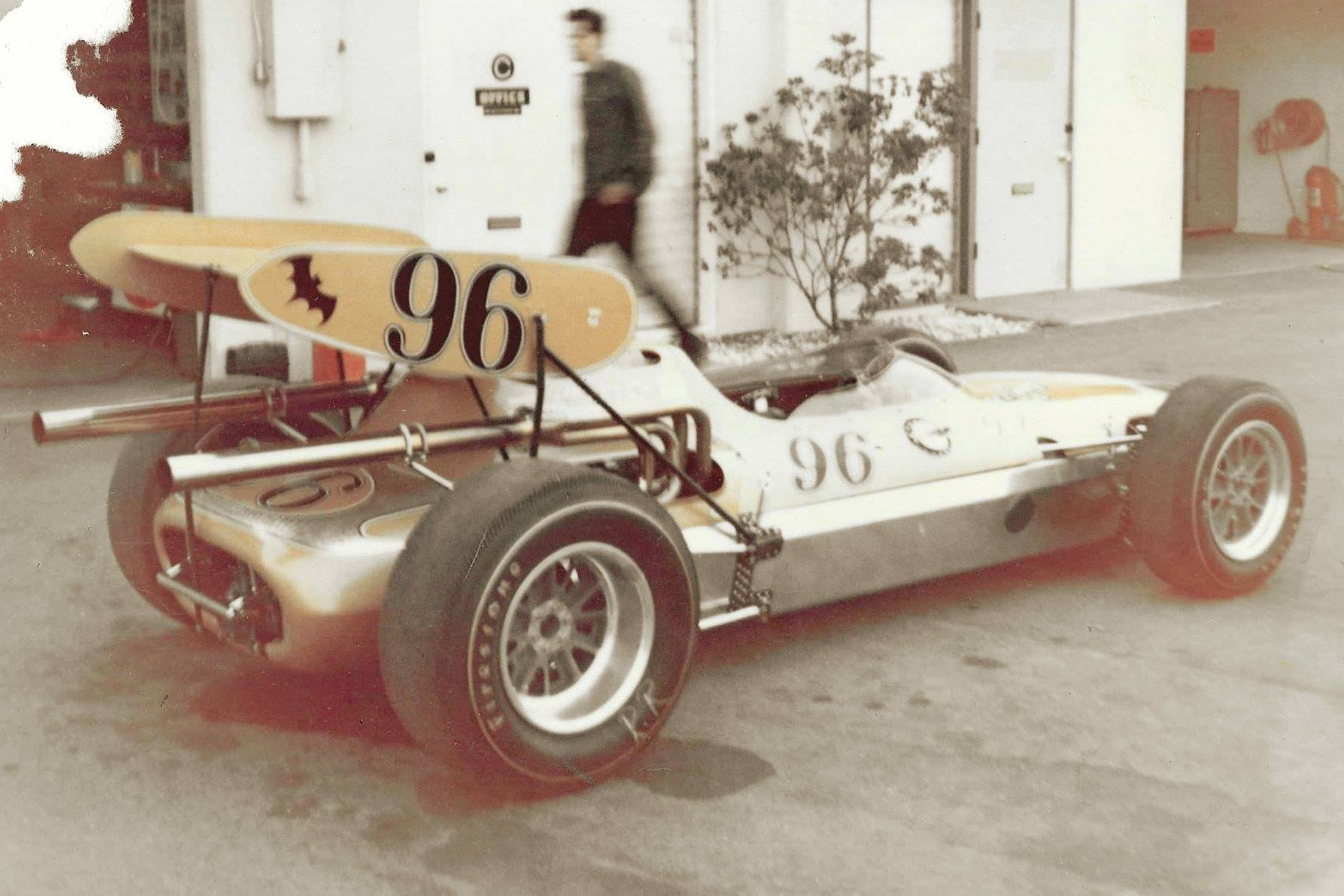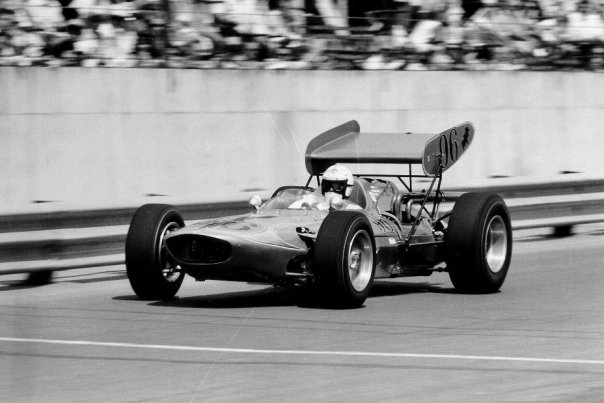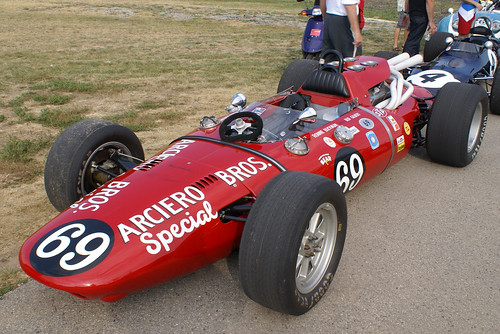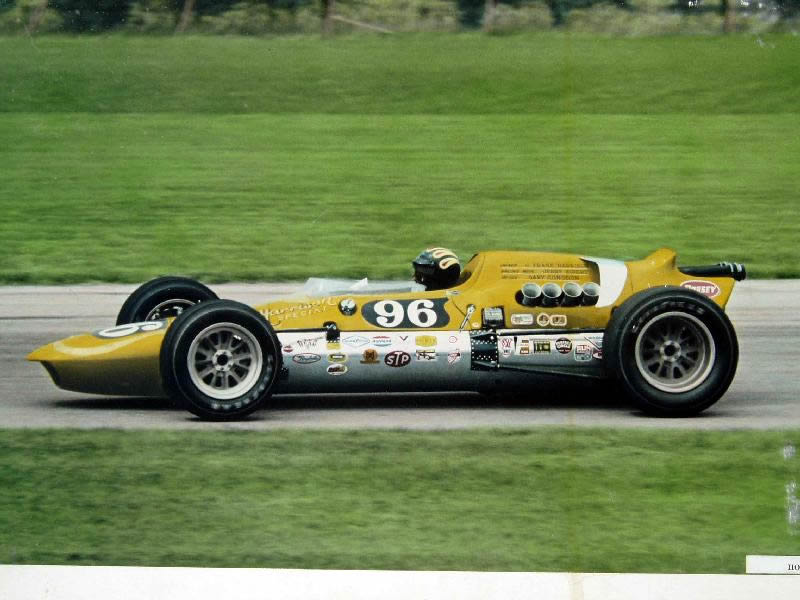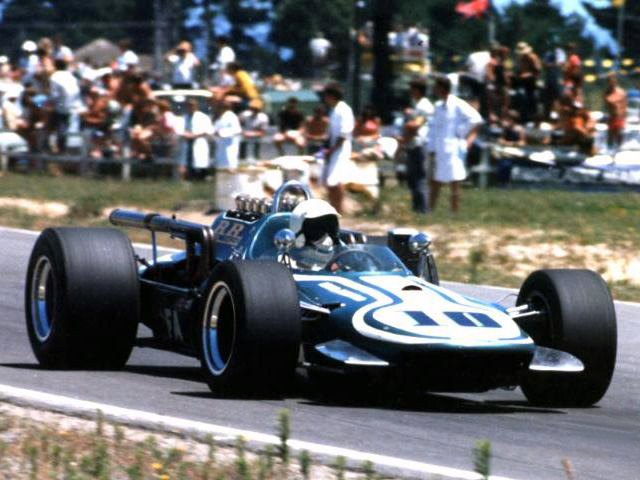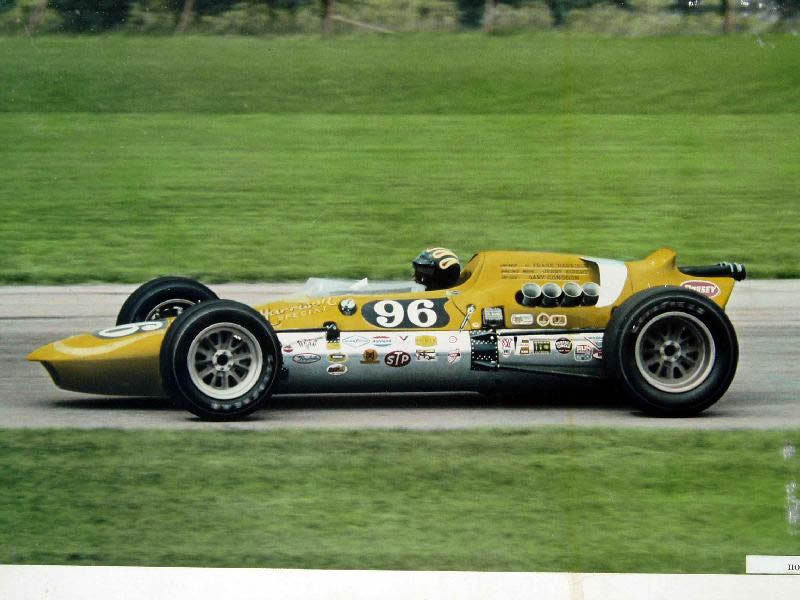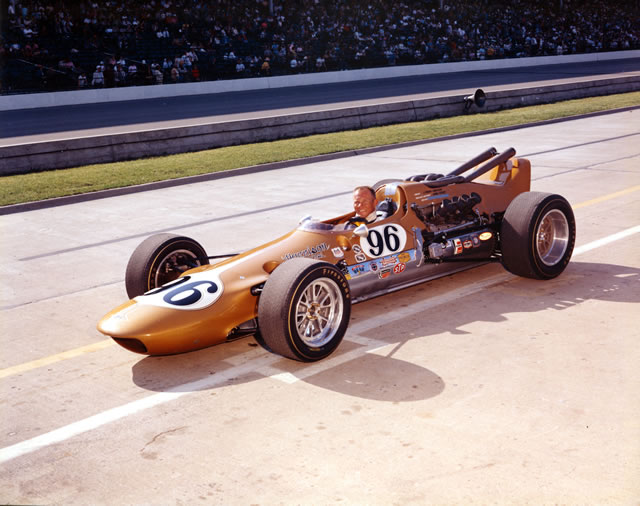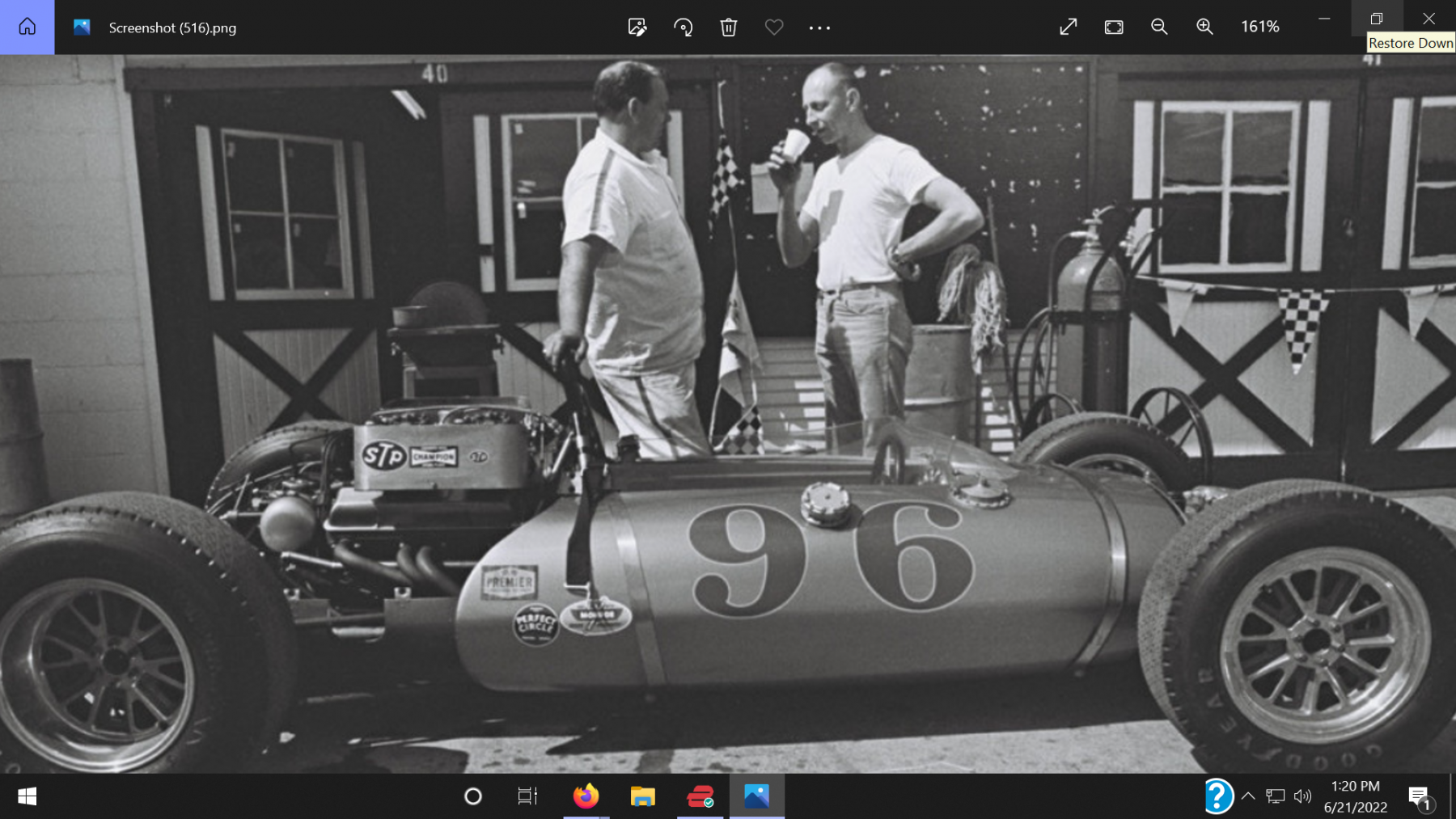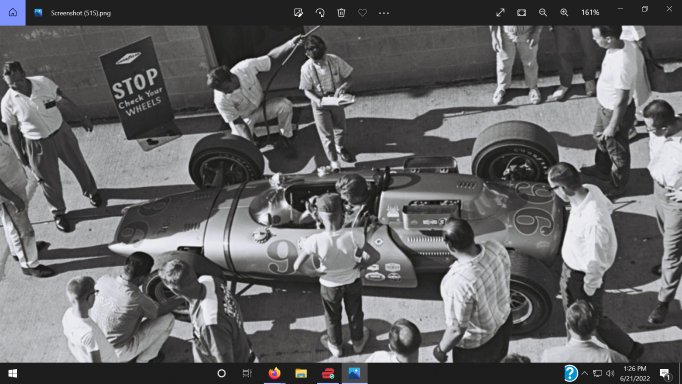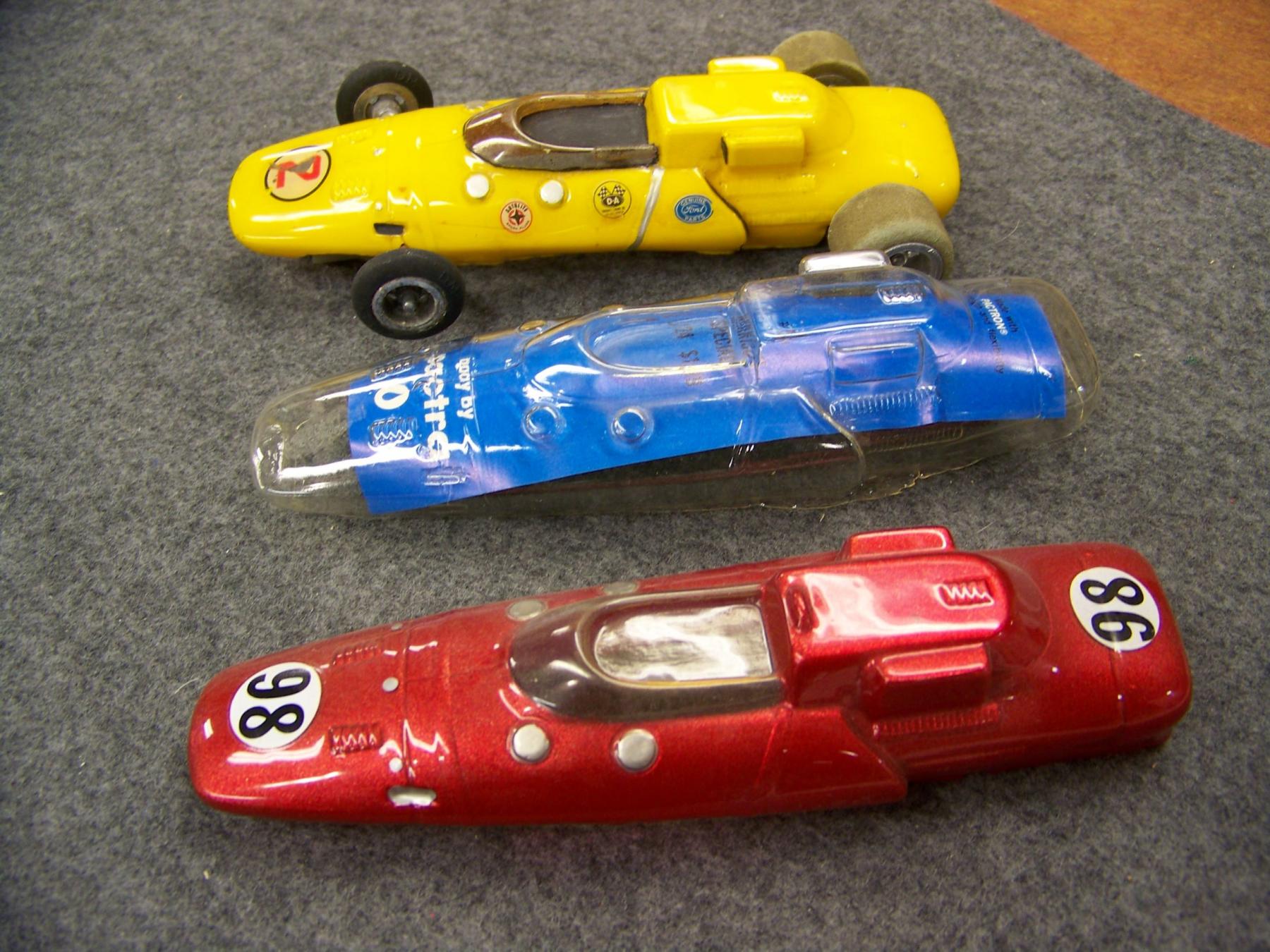Eisert 1966 Batcar
I am writing about the strange case of Jerry Eisert’s USAC 1966 Batcar, shown below. It’s shown here at Phoenix Raceway where it raced in the Spring of 1966. This was the only race it ever ran and this may be the only picture of it. While Jerry built two cars both identified as No. 96 in 1966, the one below is the only one that had the “Batcar” nickname.
Here’s the back story. I was a young aerospace engineer working at Ford Aerospace in Newport Beach, CA. I had recently graduated from Purdue university with a Masters degree in aerodynamics. A mutual acquaintance introduced me to Jerry Eisert. Soon I was hanging out in his racecar fabrication shop near the Orange County (now John Wayne) Airport.
Jerry’s car was not cornering well. It was fast in the straightaway but then lost ground in the corners. The driver said it tended to lose rear traction in the turns. I was the aerodynamics expert and I suggested he mount a wing over the rear wheels to give them more traction.
“No, it would look goofy,” he said.
One evening soon before the upcoming Phoenix race, Jerry phoned. “About that wing…“ he started. We discussed the size of the wing. It should have a 24” chord and be within the body planform, mounted as high as possible out of the turbulent air around the cockpit and engine.
“What should be the wing’s profile?” he asked. Hmmm? At 200 mph, it should be a low speed airfoil and it should be easy to make. I checked my aero textbook and found the “Clark-Y” airfoil fit the bill. It was flat on the bottom and had a center of pressure near the quarter chord. Of course it would be mounted upside-down so its lift improved rear wheel traction.
I set my sliderule (this was years before calculators) at 24 and read off to Jerry the thickness at various stations along the wing. Yes, the Batcar was designed over the phone.
He fabricated the wing and took it to Phoenix mounted on No. 96.
“How did it do,” I asked him on his return.
“Great,” he said. “We cut a full second off our 31 second laptime.” When races are won by tenths of a second, a full second improvement was a big deal.
And it did look goofy. Batman was popular at the time. There was a new Batman movie and a Batman TV series. Phoenix papers called it the Batcar: the car with the wing.
Alas, not for long. Soon was the Indy 500, a car builder’s dream race. I assumed Jerry was taking the Batcar to Indy. He said, “No, we’ve partnered with Chevy on the engine. Chevy engineers have a better idea to give the rear wheels traction.”
“Cool. Can I see it?” I said. Jerry responded, “Shawn, you work at Ford. Chevy doesn’t want you to see it.” Bummer.
The new No. 96 had a large duckbill at the tail. It managed to qualify 33rd in the pack of 33 cars – the very last car to qualify. The 1966 Indy 500 was marred by a huge crash in the first lap. Almost every car behind the crash, including the Eisert car, were DNF (Did Not Finish).
There was only one Batcar and it raced only once at Phoenix. I heard later from Jerry that it was actually faster than the ducktail version that raced a quarter lap at Indy. I went on to develop “ground effects” for Lotus’ Formula One cars as my doctoral thesis at U.C. Berkeley. https://en.wikipedia...d_effect_(cars)








